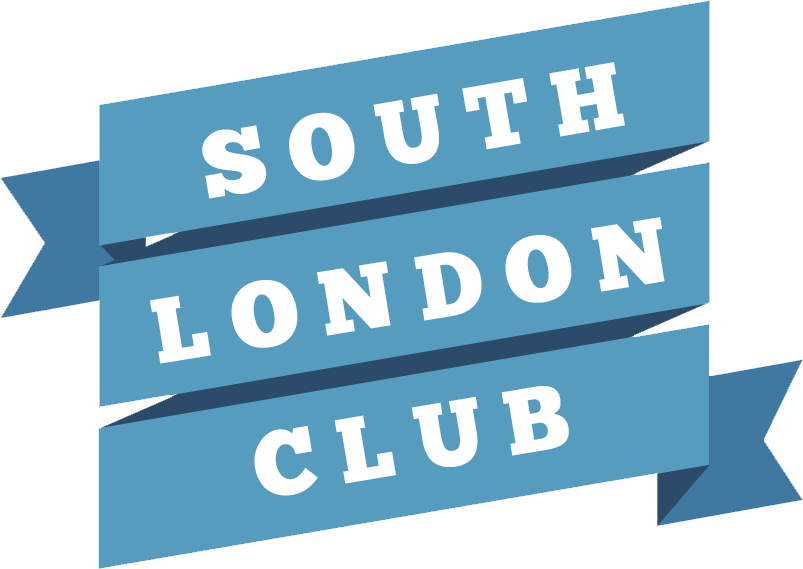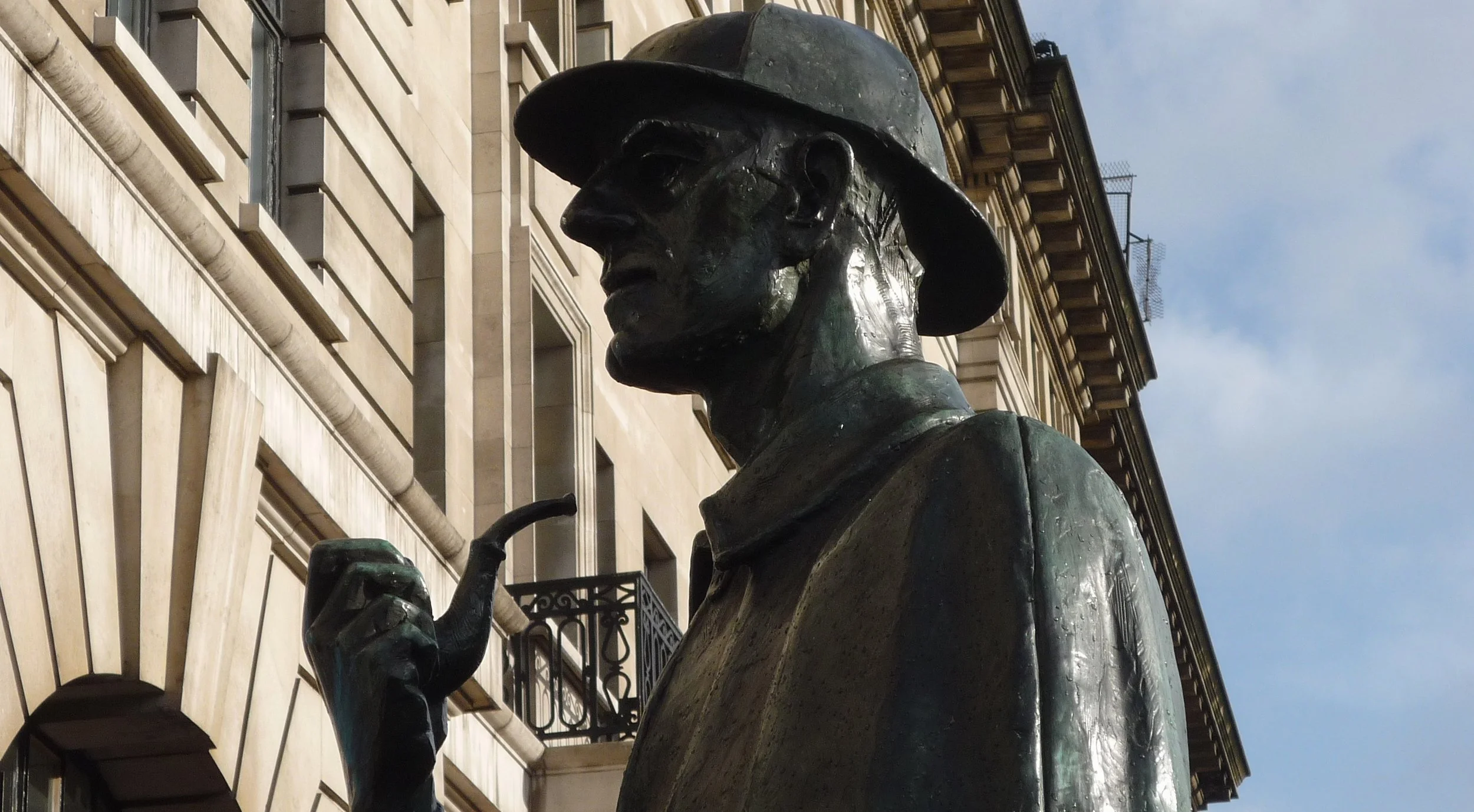Sherlock Holmes is a fictional character indelibly linked with London - he lived in Baker Street, and subsequently the vast majority of the crimes the character deals with are either within the centre of London, or the surrounding environs which would eventually become part of London. Many of these suburbs are now relatively central parts of South London, and we will discuss most of them in later articles, but in this one we are going to discuss Sherlock Holmes activities in a consistently central part of South London - Lambeth. There are parts of South London, like Lewisham, which have only latterly become parts of London, and though Lambeth was, until the end of the Victorian era, officially part of Surrey, areas like Vauxhall and Brixton were essentially part of London by the start of the Victorian era. As the Industrial Revolution hit full swing, the population of the country doubled, and as work began to move to the factories in the cities, so did the population. No cities were ready for this swell in population. An effect of this was the growth of areas like Vauxhall and Brixton, which is reflected in the context they provide in the Sherlock Holmes stories.
““Wordsworth Road,” said my companion. “Priory Road. Lark Hall Lane. Stockwell Place. Robert Street. Cold Harbor Lane. Our quest does not
appear to take us to very fashionable regions.”
We had, indeed, reached a questionable and forbidding neighborhood. Long lines of dull brick houses were only relieved by the coarse glare and tawdry brilliancy of public houses at the corner. Then came rows of two-storied villas each with a fronting of miniature garden, and then again interminable lines of new staring brick buildings,—the monster tentacles which the giant city was throwing out into the country.’ ”
This discussion between Holmes and Watson comes as they travel across Vauxhall Bridge, through Vauxhall, Clapham, Stockwell and onto Upper Norwood, the location of Pondicherry Lodge, the residence of Major Sholto, and an area which Arthur Conan Doyle lived in for a period.
Now, though Upper Norwood isn't in Lambeth, as this is the first article in this series, and this part of the story has probably the best quotations about South London, we thought we'd include it, because they travel through enough of Lambeth to get there. When they arrive, they are shocked by the interior of Pondicherry Lodge, and Mr Thaddeus Sholto's response to their shock reveals a little about the perception of South London at this time.
““Your servant, gentlemen. Pray step into my little sanctum. A small place, miss, but furnished to my own liking. An oasis of art in the howling desert of South London.””
Not much more needs to be said about the direct meaning of that statement - "An oasis of art in the howling desert of South London". It does reveal something quite important though - South London as a concept existed. Though not technically part of London, it is clear that areas like Lambeth, were perceived as both part of London, and as an entity separate enough to warrant distinction from North London. How long this had been happening is unclear from this story, but the free use of "South London" as a term suggests it had existed long enough by this point to clearly communicate a commonly understood idea. As we continue on through The Sign of the Four, we learn a little more about those who call the "howling desert of South London" home:
““I wish you to go on to No. 3 Pinchin Lane, down near the water’s edge at Lambeth. The third house on the right-hand side is a bird-stuffer’s: Sherman is the name. You will see a weasel holding a young rabbit in the window. Knock old Sherman up, and tell him, with my compliments, that I want Toby at once.””
The Toby in question, is a bloodhound, and when he comes into Sherlock Holmes' possession we go on something of a tour of Lambeth, a little bit of Southwark, and a smidgen of Wandsworth.
““We had traversed Streatham, Brixton, Camberwell, and now found ourselves in Kennington Lane, having borne away through the side-streets to the east of the Oval [...] At the foot of Kennington Lane they had edged away to the left through Bond Street and Miles Street. Where the latter street turns into Knight’s Place [...] Our course now ran down Nine Elms until we came to Broderick and Nelson’s large timber-yard, just past the White Eagle tavern””
Along the way Watson describes the type of characters that they come across, who are generally characterised as "labourers and dockmen".
““We were beginning to come among continuous streets, where labourers and dockmen were already astir, and slatternly women were taking down shutters and brushing door-steps. At the square-topped corner public houses business was just beginning, and rough-looking men were emerging, rubbing their sleeves across their beards after their morning wet.””
The Sign of the Four is not the only story that Lambeth turns up in, naturally Waterloo Station crops up a bit in stories like The Hound of the Baskervilles and The Naval Treaty, as Holmes and Watson catch trains from there taking them out of London.
We see Doyle's home of Norwood crop up again, actually in the Lambeth part of Norwood, when one John Hector McFarlane is arrested on the charge of murdering "Mr. Jonas Oldacre, of Lower Norwood" in The Adventure of the Norwood Builder. Now, because Lower Norwood is not used as a name anymore, it may be curious to some of you, we can clear that up - what is now West Norwood was once Lower Norwood. Oldacre's house in Lower Norwood is visited numerous times, but beyond that we visit nothing else of Lambeth in that story. Lambeth does play a part, however, in Sherlock Holmes debut story - A Study In Scarlet.
In the chapter entitled 'The Lauriston Gardens Mystery', Holmes is taken to 3 Lauriston Gardens, off the Brixton Road, where he finds the body of Enoch Drebber. As the story progresses, it turns out the constable who found Drebber's body - John Rance - also lives in Lambeth, at 46 Audley Court, Kennington Park Gate, and we later see mention of a White Hart Tavern in the Brixton area. Those of you local to Brixton may remember the White Hart Tavern that stood on Loughborough Road, until it was closed in 1998.
White Hart Tavern
Conan Doyle uses Lambeth as a setting in other short stories like The Adventure of the Six Napoleons, where Holmes visits the residence of Dr Barnicot, of the Kennington Road, a medical practitioner who also has a surgery on the Lower Brixton Road. This house is situated very near the shop of Mr Morse Hudson, who employs several Italian immigrant workers. In Victorian Lambeth, it would seem that one could find a myriad of different groups, from those associated with crime, to the professional classes like surgeons. While Sherlock Holmes is not a text that seeks to write the history of Victorian London, or Victorian South London, it does give us a peek at the perception of South London of an educated professional man like Arthur Conan Doyle. Whether his depiction of the area is true to life requires further enquiry and comparison, but to those who have read the books across the world, this is an image of Victorian South London which will have become embedded in their minds as a place somewhat disparate and separate from North London, with a community of its own, and a character of its own - and that is certainly significant.
what is the south london club card?
The South London Club is a local discount card to help support small independent businesses across South London whilst saving all who live, work & play in South London money! With over 500+ local discounts to choose from, you will discover & explore all the best hidden gems in South London. Join over 4,000 of us & celebrate all that's independent in South London!






